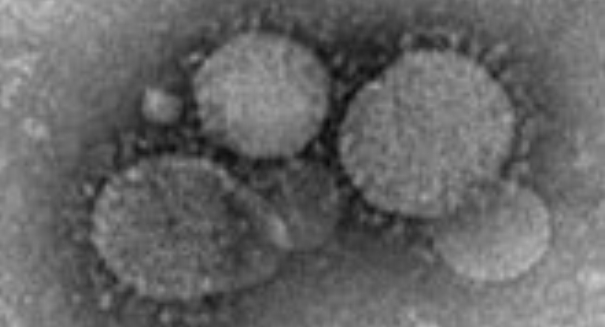
The MERS virus was first described in September 2012 and has continued to spread since that time.
An insect eating bat, found in close proximity to the first known case in Saudi Arabia, has a 100 percent genetic match for Middle East Respiratory Syndrome (MERS). This discovery sheds light on the likely animal origin of the disease, although researchers say an intermediary animals is probably also involved.
EcoHealth Alliance and the Ministry of Health of the Kingdom of Saudi Arabia were led by a team of investigators from the Center for Infection and Immunity (CII) at Columbia University’s Mailman School of Public Health. The study is the first to look for an animal reservoir for the MERS virus in Saudi Arabia and the first to identify it by finding a genetic match.
“There have been several reports of finding MERS-like viruses in animals. None were a genetic match. In this case we have a virus in an animal that is identical in sequence to the virus found in the first human case. Importantly, it’s coming from the vicinity of that first case,” says co-author W. Ian Lipkin, director of the Center for Infection and Immunity.
The MERS virus was first described in September 2012 and has continued to spread since that time. Around 100 cases have been reported worldwide, with 70 of them being in Saudi Arabia. The causative agent, which is a new type of coronavirus, has been determined, but origins of the virus have been a mystery until recently.
During a six-week period of field expedition in October 2012 and April 2013, researchers collected more than 1,000 samples from seven different species of bats in the region where MERS was identified. Extensive analysis of each sample was conducted. One sample in particular was collected from an Egyptian tomb bat within a few kilometers of the home of the first known MERS victim. It contained sequences of the virus that were identical to the ones found in the victim.
“There is no evidence of direct exposure to bats in the majority of human cases of MERS,” says lead author Ziad Memish, Deputy Minister of Health, Kingdom of Saudi Arabia. “Given that human-to-human transmission is inefficient, we speculate that an as-yet-to-be determined intermediate host plays a critical role in human disease.”
“We are continuing to look for evidence of the virus in wildlife and domestic animals, and investigating the mechanisms by which the virus causes human disease,” adds Lipkin. “This is but the first chapter in a powerful collaboration amongst partners committed to global public health.”
Results of the study can be found online in the U.S. Centers for Disease Control and Prevention’s journal Emerging Infectious Diseases.
Leave a Reply